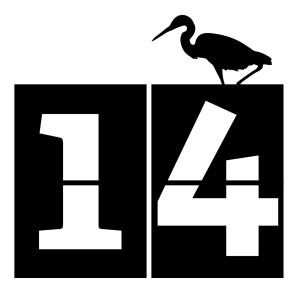https://meganshersby.com/wp-content/uploads/2015/06/twt-30-days-wild_countdown_30.jpg
1109
1332
mgshersby
http://meganshersby.com/wp-content/uploads/2016/11/weblogo-300x138.png
mgshersby2016-07-11 19:10:322017-03-15 17:35:45#30DaysWild - Days 24 - 30
https://meganshersby.com/wp-content/uploads/2015/06/twt-30-days-wild_countdown_23.jpg
948
1356
mgshersby
http://meganshersby.com/wp-content/uploads/2016/11/weblogo-300x138.png
mgshersby2016-06-23 19:41:432017-03-15 17:36:53#30DaysWild - Day 23
http://meganshersby.com/wp-content/uploads/2016/11/weblogo-300x138.png
0
0
mgshersby
http://meganshersby.com/wp-content/uploads/2016/11/weblogo-300x138.png
mgshersby2016-06-22 17:48:302016-06-22 17:48:30#30DaysWild - Days 15 - 22
http://meganshersby.com/wp-content/uploads/2016/11/weblogo-300x138.png
0
0
mgshersby
http://meganshersby.com/wp-content/uploads/2016/11/weblogo-300x138.png
mgshersby2016-06-14 22:01:232016-06-14 22:01:23#30DaysWild - Day 14
http://meganshersby.com/wp-content/uploads/2016/11/weblogo-300x138.png
0
0
mgshersby
http://meganshersby.com/wp-content/uploads/2016/11/weblogo-300x138.png
mgshersby2016-06-13 18:51:362016-06-13 18:51:36#30DaysWild - Day 13
http://meganshersby.com/wp-content/uploads/2016/11/weblogo-300x138.png
0
0
mgshersby
http://meganshersby.com/wp-content/uploads/2016/11/weblogo-300x138.png
mgshersby2016-06-12 21:53:512016-06-12 21:53:51#30DaysWild - Day 12
http://meganshersby.com/wp-content/uploads/2016/11/weblogo-300x138.png
0
0
mgshersby
http://meganshersby.com/wp-content/uploads/2016/11/weblogo-300x138.png
mgshersby2016-06-12 17:50:582016-06-12 17:50:58#30DaysWild - Days 8 - 11
http://meganshersby.com/wp-content/uploads/2016/11/weblogo-300x138.png
0
0
mgshersby
http://meganshersby.com/wp-content/uploads/2016/11/weblogo-300x138.png
mgshersby2016-06-08 11:10:162016-06-08 11:10:16#30DaysWild - Days 6 & 7
http://meganshersby.com/wp-content/uploads/2016/11/weblogo-300x138.png
0
0
mgshersby
http://meganshersby.com/wp-content/uploads/2016/11/weblogo-300x138.png
mgshersby2016-06-08 10:29:302016-06-08 10:29:30#30DaysWild - Days 4 & 5
http://meganshersby.com/wp-content/uploads/2016/11/weblogo-300x138.png
0
0
mgshersby
http://meganshersby.com/wp-content/uploads/2016/11/weblogo-300x138.png
mgshersby2016-06-03 21:10:112016-06-03 21:10:11#30DaysWild - Day 3
Scroll to top








































